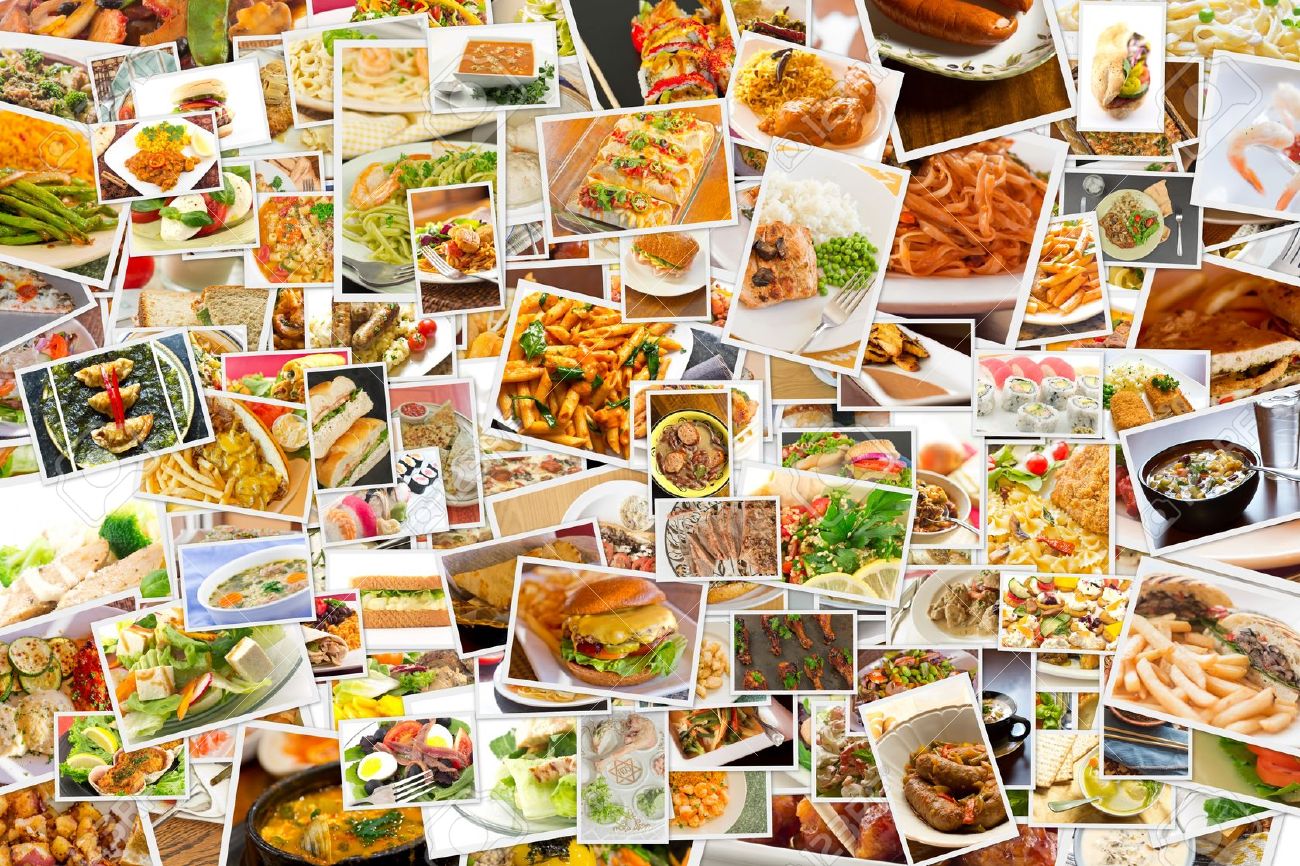World Cuisine at Your Kitchen: A Guide to Cooking International Recipes
In a world that is progressively integrated, the pleasures of discovering international foods have never been this available. Envision the enticing flavors of European pasta, the fragrant spices of Asian curries, or the delicious ingredients of a Japanese sushi platter — all created right in your own kitchen. Making international recipes enables us to take a journey around the planet without vacating home, improving our culinary skills while also satisfying our palates in varied flavors and practices.
Whether you are a seasoned chef or a home cook looking to broaden your menu, experimenting with dishes from multiple cultures can be both thrilling and rewarding. This guide is crafted to encourage you to embrace the art of international cooking, providing tips and ideas for adding global recipes into your daily meals. From finding special ingredients to learning cooking techniques that distinguish various cuisines, you will uncover how to infuse the essence of the global kitchens into your home.

Exploring Global Flavors
Regarding cooking at home, the world of international foods offers a colorful palette of tastes and techniques that can turn everyday meals into thrilling culinary experiences. Each culture boasts its unique ingredients, spices, and practices, demonstrating its history and traditions. Embracing these international flavors not only enriches our dining experience but also deepens our appreciation for the varied world we live in.
To start venturing into exotic recipes, consider the staples that define different cuisines. For instance, Italian cuisine often centers around fresh herbs, fresh tomatoes, and olive oil, while Indian cooking features an array of spices such as cumin, turmeric, and garam masala. Meanwhile, Japanese-style dishes showcase the harmony of flavors with ingredients like soy sauce, miso, and fresh fish. By getting acquainted yourself with these basic elements, you can begin to experiment with true recipes from around the globe.
The joy of cooking global foods at home lies in the inspiration it encourages. Whether you choose to prepare a fragrant Thai curry or bake a traditional French quiche, you are not just preparing a meal; you are bringing a taste of another culture into your kitchen. Engaging with global recipes encourages a sense of connection and curiosity, allowing you to explore the world through food without leaving your home.
Vital Ingredients for International Dishes
To create true global dishes at home, having the right ingredients is crucial. Each cuisine has its unique set of specific staples that play a role to its distinct flavors. For example, Asian cuisines often lean on ingredients like soy condiment, sesame oil, and rice vinegar. While mangoesandpalmtrees.com dishes frequently use extra virgin olive oil, garlic bulbs, and fresh seasonings. Having a comprehensive pantry that has these key items allows for the effortless preparation of diverse recipes.
Herbs and spices play a crucial role in international cooking, boosting the flavor and fragrance of dishes. Indian cuisine is particularly recognized for its rich use of spices such as jeera, dhaniya, yellow root, and garam masala. Similarly, Middle Eastern dishes often showcase sumac, mixed herbs, and cinnamomum. By grasping and using these spices, home cooks can explore a realm of flavors and produce remarkable meals that take their taste buds to different heritages.
Fresh produce is yet another key component in preparing global dishes come alive. Ingredients like cilantro, lemongrass stalks, and lime leaves bring crispness to dishes from multiple regions. In contrast, hearty produce such as eggplant and sweet peppers are essentials in Mediterranean cooking. Emphasizing fresh and local produce, when possible, can improve the realness and color of global meals prepared at home.
Tips for Making Authentic Dishes
To achieve genuineness in your global recipes, start by sourcing elements that are faithful to the food culture you are looking to copy. Go to nearby ethnic stores or specialty outlets that specialize on ethnic foods. This doesn't only helps you discover special spices and elements that may be difficult to get in standard supermarket stores but additionally enables you to connect with the culture and tradition behind the recipes you want to prepare. Fresh ingredients is usually crucial, so emphasize fresh spices, vegetables, and sources of protein where possible.
Another vital aspect is to honor the methods of cooking specific to each food culture. Methods such as slow-cooking, wok cooking, or steaming may be central to realizing the desired taste and consistency of the meal. Look for instructional clips or study real cookery books that outline these techniques in detail. Grasping the appropriate cooking temperature and timing can create a notable effect in the final outcome, assisting you emulate the recipe as faithfully as you can to its roots.
Finally, never hold back to engage with elements of culture when preparing ethnic recipes. Gaining knowledge about the customs and narratives behind the recipes can enhance your cooking experience. Try organizing a themed feast where you invite friends to participate in your food journey. This not just makes the cooking experience more fun but additionally gives you the opportunity to disseminate your recently acquired understanding, making the food a recognition of tradition and togetherness.